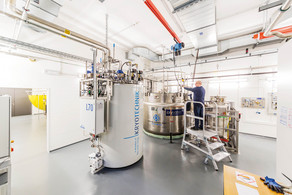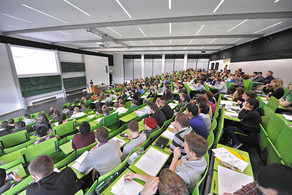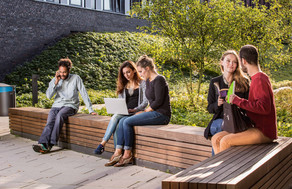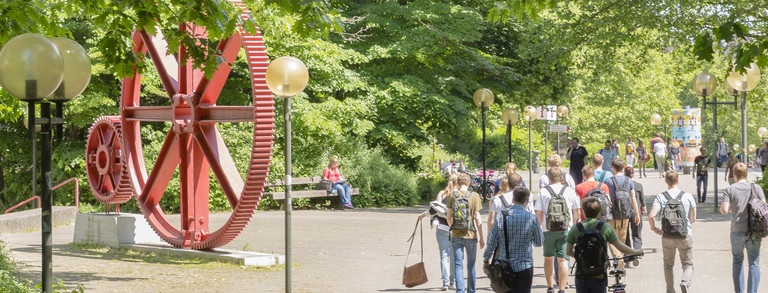Ulrich Bonse Visiting Chair for Instrumentation
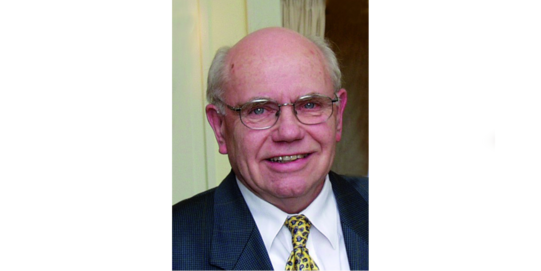
The Deparment of Physics will establish the Ulrich Bonse Visiting Chair for Instrumentation in the summer semester of 2022. This chair will be filled by internationally renowned experts in the field of instrumentation on a semester basis. The aim of establishing such a guest chair is to strengthen the internationalization of the Department of Physics in the area of teaching. This will be achieved in particular by offering additional courses in English. The courses will provide new impulses by building a bridge between the theoretical training in instrumentation and the practical and technically often complementary experience of the guest lecturers. The courses play a special role in the new international Master's program "Advanced Methods in Particle Physics", as they are an integral part of the curriculum.
Denomination of the visiting chair
The visiting chair is named after Prof. Ulrich Bonse. Prof. Bonse was appointed to the TU Dortmund University in 1970 and is a founding member of the Department of Physics, which he continued to shape beyond the time of his retirement in 1993. Among other positions, he was Dean of the Deparment of Physics, Senator of the University and later Prorector for Research. Prof. Bonse was honored several times for his research and his commitment to TU Dortmund University, e.g. with an honorary doctorate from the LMU Munich, the Physics Prize of the German Physical Society and the title of Honorary Senator of the TU Dortmund University.
Prof. Bonse's main research interests were X-ray interferometry and X-ray microtomography with synchrotron radiation, for which he received great national and international recognition. His research activities in Dortmund focused on high-resolution microtomography with X-rays and neutrons in the angstrom region. He is still a role model for many physicists working experimentally today.
Guests:
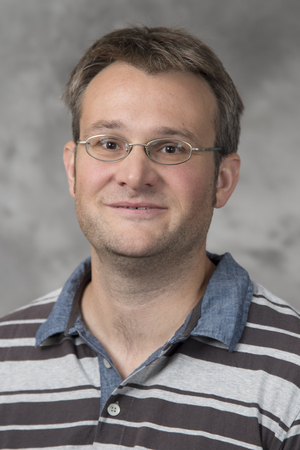
Prof. Jung’s career started with the H1 experiment at HERA while working on his diploma thesis in physics at TU Dortmund University. He then moved to Heidelberg University for his doctoral studies. In 2010, he went on to Fermilab as postdoctoral research associate to work on the D0 experiment and joined the CMS collaboration in 2013 fully focused on the high-luminosity (HL) upgrade of CMS. He became an Assistant Professor at Purdue University in 2015 and received his tenure to the rank of Associate Professor in 2021.
Prof. Jung is currently the co-convener of the top quark physics group within the CMS collaboration and responsible for the design, optimization and manufacturing of all CMS carbon-fiber composite support structures. His instrumentation and detector R&D activities focus on the high-luminosity upgrade of the CMS pixel and outer tracking detector, as well as blue sky R&D towards integrated minimal mass support structures for future detectors at the FCC-ee/hh experiments. He is also engaged in exploiting cutting-edge quantum computers to speed-up complex data clustering problems faced by the HL-LHC or related hard problems. Ongoing and future data analysis efforts are focused on top quark physics and in particular on multi-dimensional measurements of top quark spin correlations and polarization, as well as their interpretation to challenge the SM at unprecedented levels.
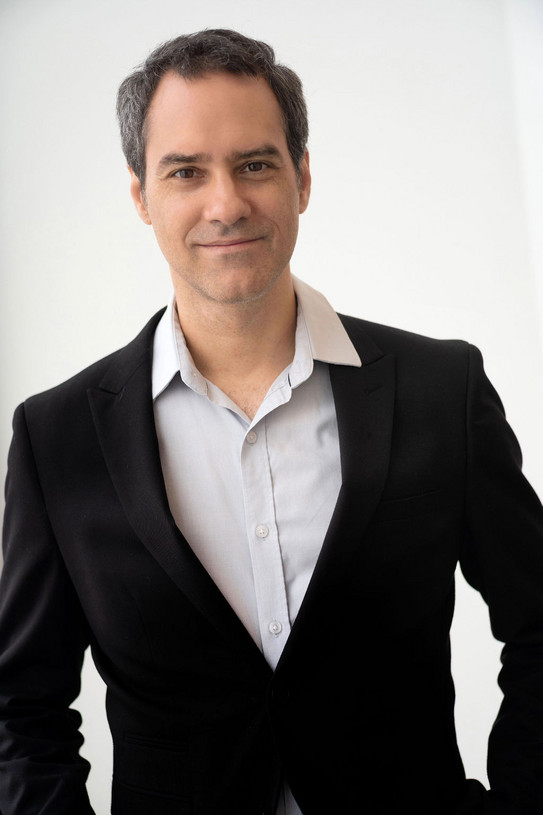
Jean-Michel Ménard is Associate Professor in the Department of Physics at the University of Ottawa where he started in 2016 the Ultrafast THz laboratory hosting photonics systems for materials characterization. Dr. Ménard received his Ph.D. from the University of Toronto in 2011 before completing postdoctoral research positions at the University of Regensburg and the Max Planck Institute for the Science of Light. He is an Alexander von Humboldt Fellow, a member of the Joint Centre for Extreme Photonics, and a fellow of the Max Planck-Ottawa Centre for extreme and quantum photonics.
Prof. Ménard’s research lies at the crossroads of THz photonics, experimental condensed matter physics and nonlinear optics. Recent projects in his group focus on improving time-resolved spectroscopy techniques and exploiting properties of 2D quantum systems.
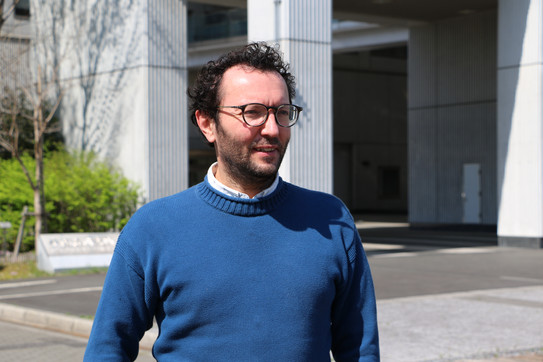
Prof. Mazin was born in Sankt Petersburg, Russia in 1976. He received his diploma in Physics at Hamburg University, Germany, in 2003. He pursued his doctoral studies at the Max Planck Institute for Physics in Munich and received his Ph.D. from the Technical University of Munich in 2007. After a stay as postdoctoral researcher in the IFAE Barcelona, Spain, he became Otto-Hahn-group leader at the Max Planck Institute for Physics in 2012. In 2014, he became Assistant Professor at the ICRR of the University of Tokyo, where he is a Project Associate Professor since 2018.
Prof. Mazin’s main scientific interests are devoted to experimental astroparticle physics with very high energy (VHE, E>20 GeV) γ rays. His intention is to pursue the scientific quest in unveiling the physical mechanisms for particle acceleration in AGNs and in using the resulting γ rays for understanding the history of star formation in the universe. To achieve this, he has embarked in the construction of the next-generation, worldwide γ-ray observatory, while trying to improve the Cherenkov technique with new low energy trigger systems and more performant photosensors. Prof. Mazin is actively involved in the MAGIC collaboration and the CTA consortium, where he places a focus on the construction and exploiting of the Large Size Telescopes CTA.
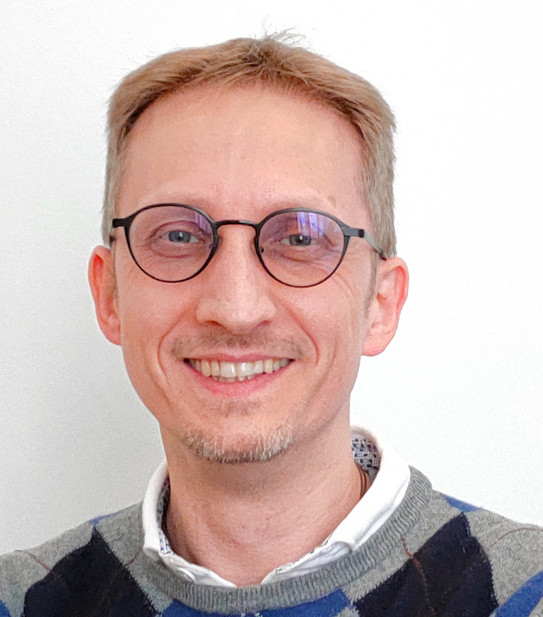
Dr. Cristian Manzoni received his Ph.D. in Physics at the Physics department of Politecnico di Milano in 2006. From 2009 to 2010 he was a visiting scientist at the Max Planck research group for structural dynamics (CFEL, DESY, Hamburg). Since 2010 he works at the Institute for Photonics and Nanotechnologies of the Italian National Research Council (IFN-CNR), where he is now Senior Researcher. From 2011 to 2020 he was also a contract professor of Physics at Politecnico di Milano.
His research activity focuses on the development of ultrabroadband parametric amplifiers for the generation of few-cycle light pulses in the ultraviolet, visible and infrared spectral range. This also involves the characterization of light pulses and their manipulation for applications in time-resolved spectroscopy of organic and inorganic systems, and for the study of femtochemical reactions. Spectroscopic characterizations involve Pump-probe, 2D spectroscopy and Raman-induced processes at femtosecond time-scales. Since recently, he focuses on Fourier-transform hyperspectral imaging and microscopy in the visible and infrared spectral range, and on their coupling to ultrafast science, for applications in remote and environmental sensing, conservation science, security and medical imaging.
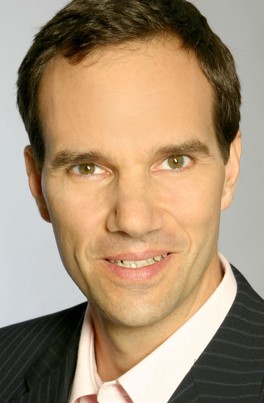
André Sopczak is Associate Professor at the Czech Technical University (CTU) in Prague. After his studies at LMU Munich, he received his PhD from the University of California, San Diego in 1992, then worked as a CERN and DESY Fellow at the L3 experiment and subsequently as a research and teaching assistant at the University of Karlsruhe at the DELPHI experiment. After the LEP era at CERN, he worked in research and teaching as UK Lecturer at the D0 experiment at Fermilab and on future Linear Collider projects. In 2012 he moved to the Institute of Experimental and Applied Physics, CTU in Prague, focussing on the ATLAS experiment.
At LEP, Tevatron and LHC he was involved in implementations, alignment and applications of silicon detectors. For a future Linear Collider he worked on CCD detectors in the Linear Collider Flavour Identification Collaboration. For the ATLAS detector he was leading the luminosity measurement with Medipix and Timepix detectors. His work has been instrumental in the search for axion-like particles using the ATLAS Forward Proton Detector. In recent years and in future research planning, the focus has been on the application of machine learning for analyses of ttH, tH, tbH+, HH and leptoquarks. This research utilises all components of the ATLAS detector for analyses with multi-lepton signatures and hadronic jets. He is also involved in outreach projects and the IEEE organisation.
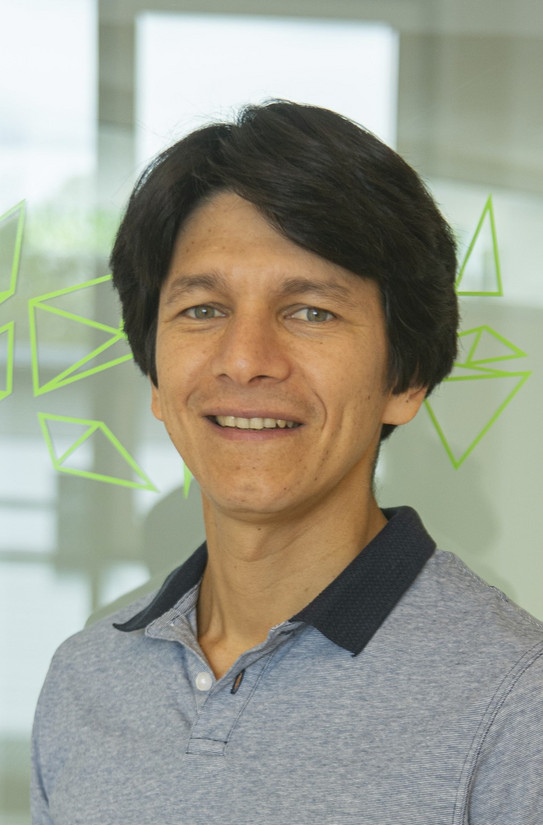
Amilcar Bedoya-Pinto completed his undergraduate studies in Physics at the Technical University of Munich (TUM) and received his PhD in Condensed-matter Physics at the University of Göttingen, being awarded with the Dr. Berliner-Ungewitter Prize for outstanding PhD theses (2011). He started his Postdoctoral work at CiC nanoGUNE nanotechnology center in San Sebastian (Spain) and then moved as a Research Associate to the Max-Planck Institute of Microstructure Physics (Halle, Germany). In 2022, he got appointed as a tenured Distinguished Researcher from the Generacio Talent (Gen-T) program at the Institute of Molecular Science (ICMol), University of Valencia.
His research activities are settled in the field of magnetism and spin-electronics, synthesizing low-dimensional, topological and molecular materials as thin films for device applications. He is one of the few experts in growing two-dimensional magnets on large-area substrates via molecular-beam epitaxy and has contributed to state-of-the-art methodology and instrumentation related to synthesis and sample characterization under ultra-high vacuum.
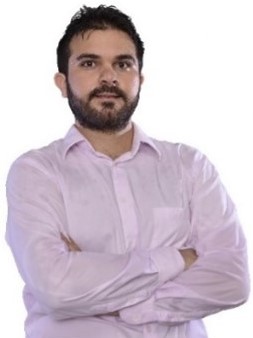
Prof. Ulisses De Freitas Carneiro da Graca has studied Engineering, Electronics and Physics in Brazil. After collecting experience in the industrial sector, he has worked at the Nuclear Engineering Institute in Rio de Janeiro and later became an assistant professor at the Electronics Engineering Department of the Federal Center for Technological Education in Rio de Janeiro, where he now works in the field of instrumentation for large-scale particle physics experiments, in particular the LHCb experiment.
He has developed a front-end electronics test system for the Scintillating Fiber Tracker (SciFi) of the LHCb experiment and is currently working on the detector assembly, commissioning, and systems integration of the upgraded SciFi detector. He also has worked on hardware, firmware, and software for the CRE@T experiment that measures correlations between cosmic rays and cloud formation in Antarctica.
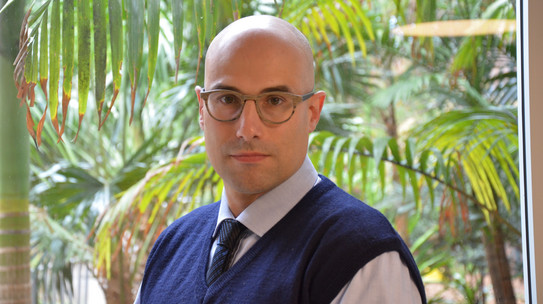
Marco Petasecca is professor at the School of Physics within the Faculty of Engineering and Information Sciences of the University of Wollongong, Australia. He graduated in Electronic Engineering with a PhD in Radiation Damage modelling of silicon detectors in 2005 at the University of Perugia, Italy. He obtained his Honour Degree in Physics in 2017 from the University of Wollongong. He moved to Australia in 2007 to work on development of radiation sensors and detection systems for medical physics applications, joining the Centre for Medical Radiation Physics, where he is the leader of the Detector and Electronics Theme since 2013. His research activities include development of innovative sensors and materials for radiation detection such as organic semiconductors, hydrogenated amorphous silicon, but also silicon based devices optimized for specific tasks in medical physics. Recent projects carried out in his group focus on development of dosimeters for advanced radiotherapy applications such as microbeam radiotherapy, robotic stereotactic radiosurgery, brachytherapy but also development of experimental methods for radiation damage characterization including Single Event and Total Ionising Dose effects for space applications.
Funding
The Visiting Chair is funded by the DAAD and funds from the BMBF within the Visiting Lecturer Programme.





